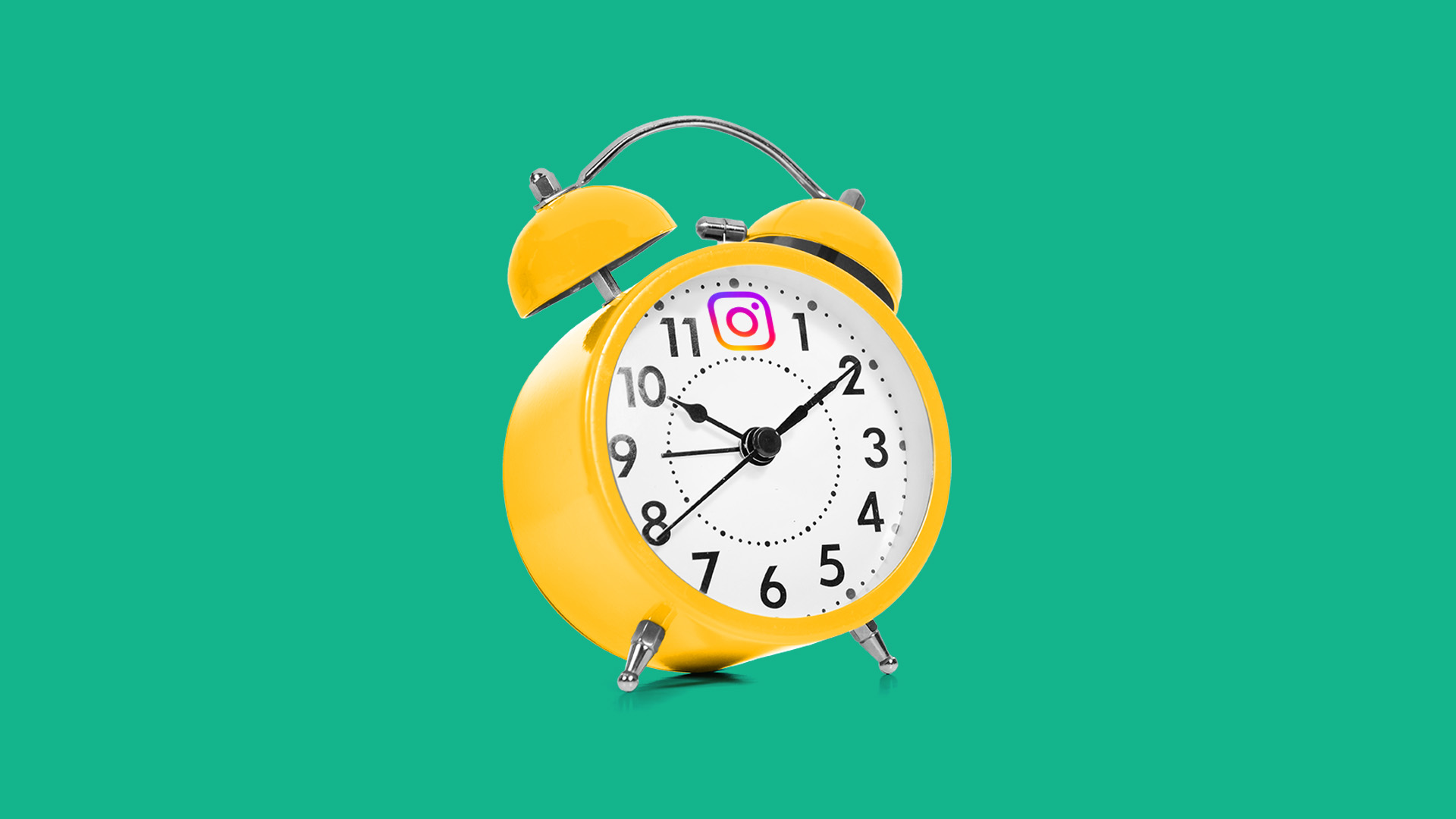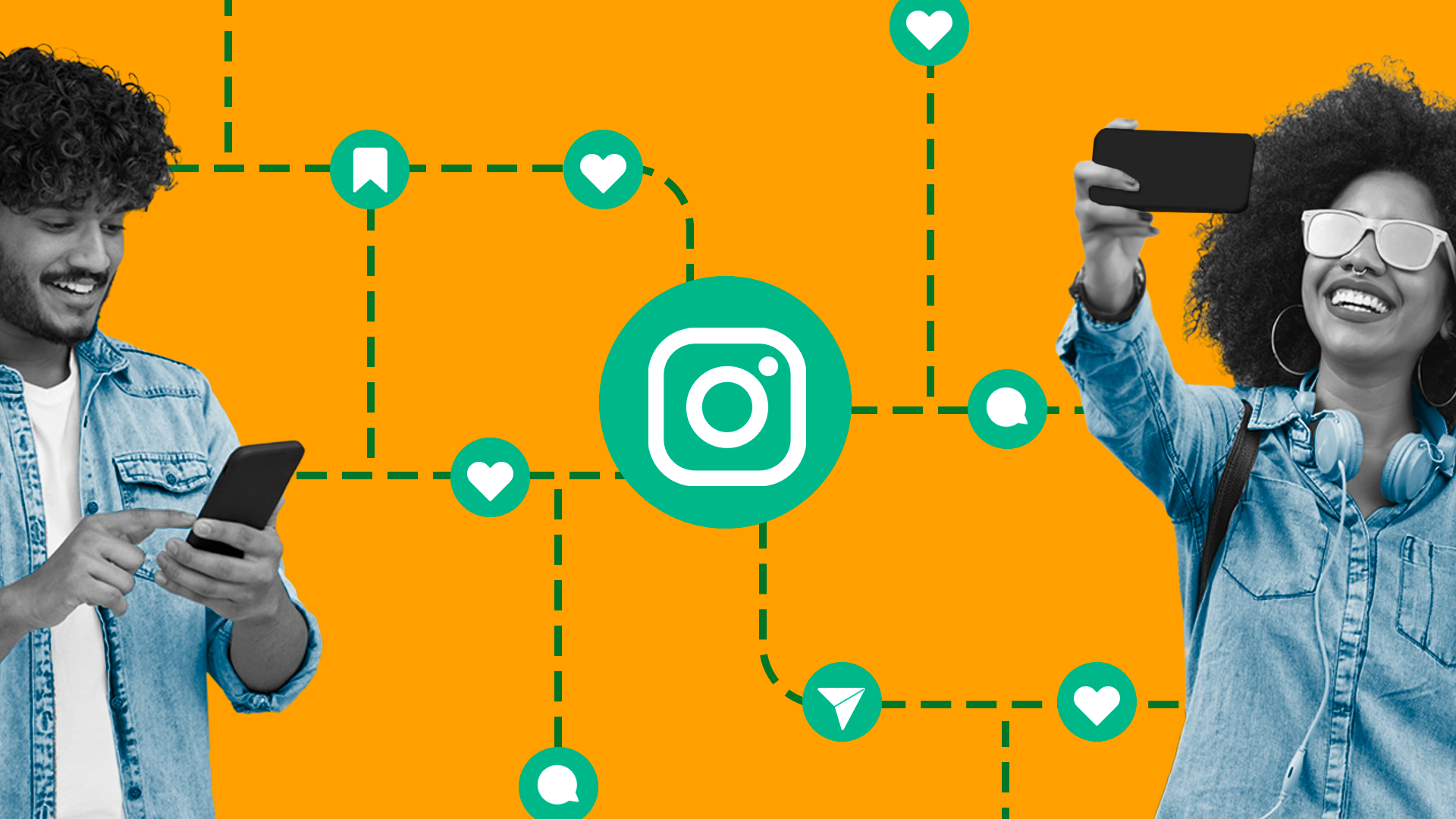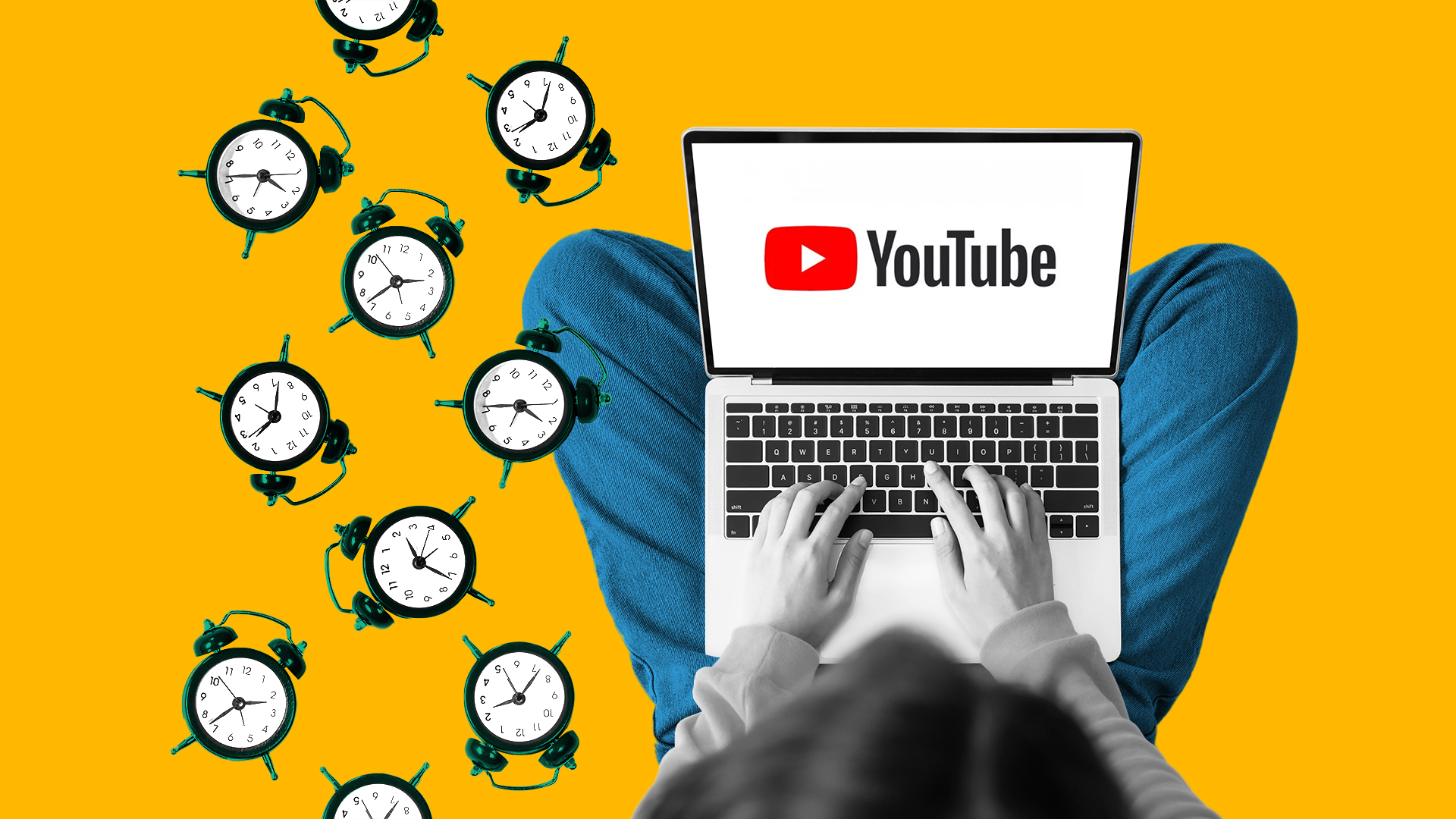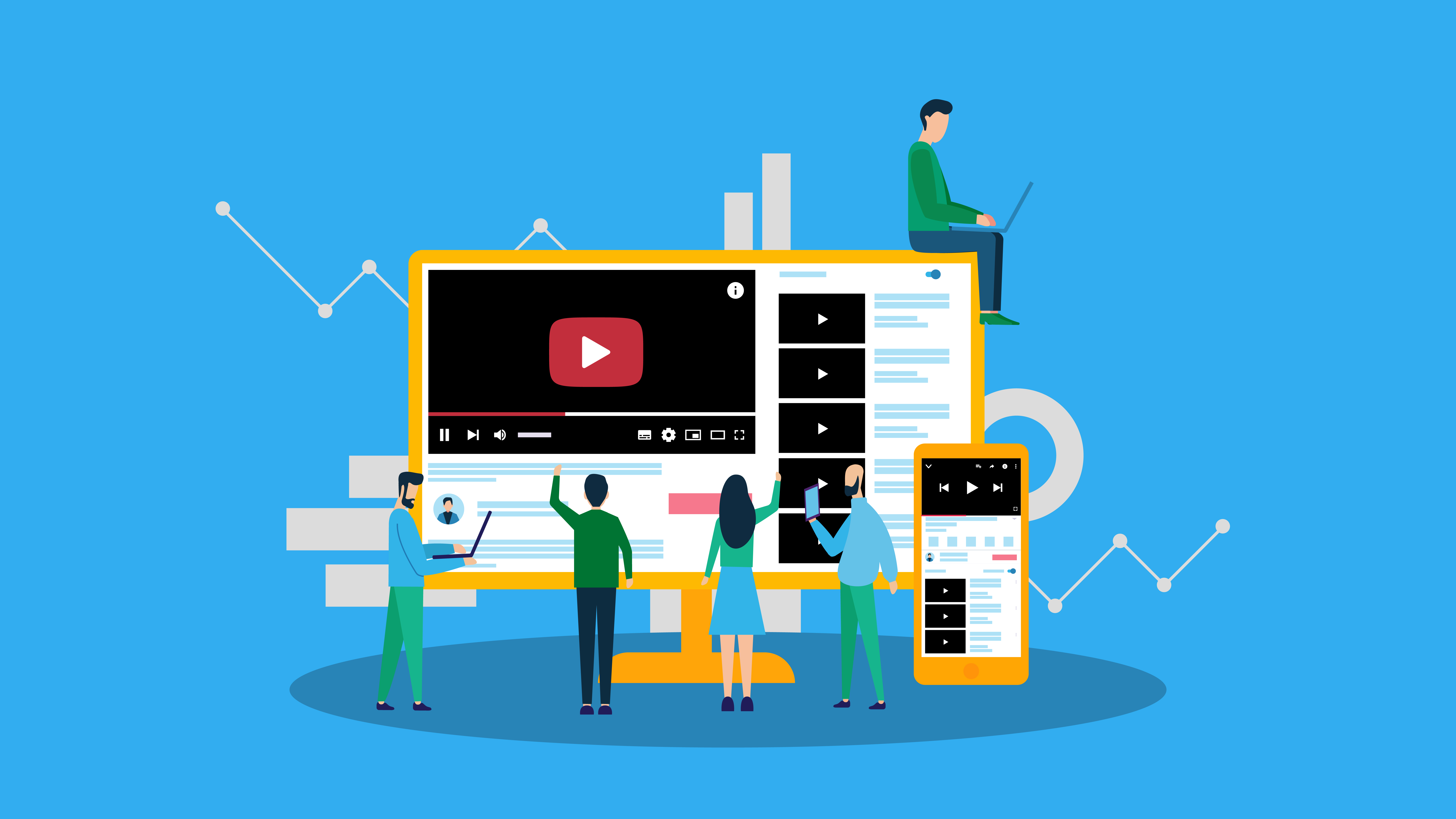When Is the Best Time to Post on Instagram in 2024?

The competition for attention in Instagram advertising is hotter than ever, as more and more brands emerge, with their sights set on maximizing engagement. These brands are continuously testing different social media strategies. One of the most basic: knowing the best time to post on Instagram.
With the Instagram algorithm itself constantly evolving to boost engagement, the best time to post on Instagram may not be the same as it was the last time you checked. It’s important for marketers to stay on top of these trends to ensure your engagement evolves in step with — and can continue benefiting from — Instagram’s algorithm.
Still, the question of “when to post on Instagram” isn’t as simple as setting an alarm. There are multiple factors to consider around Instagram post times — let’s explore them.
Does Posting Time Matter on Instagram?
The short answer is yes. Posting at the right times can significantly impact the reach and engagement of your posts. The timing of your post can determine how many people engage with your content—and whether or not your target audience sees it at all.
Sharing your content during ideal Instagram post times can:
- Increase your visibility by activating Instagram’s algorithm, which favors posts with higher engagement during the first few hours after publication.
- Help grow your account by increasing the number of likes, comments, saves, and follows on each post.
- Encourage your team to optimize your content strategy by giving you greater insight into your audience through improved analytics data.
Understanding the Instagram Algorithm
Technically, a social media algorithm is a really complex math equation. But for your purposes, all you really need to know is that it’s a set of rules for how posts on Instagram rank in any given feed.
Knowing what steps may lead to your desired outcome can help you strategize. The primary goal of the Instagram algorithm is to increase engagement on the platform to keep users active, so it uses data to surface the posts most likely to do this. It first considers things like:
- Relevancy. Is the post recent? Does it relate to trending topics?
- Relationship. Has the user interacted with this account before? (This is why engaging with your followers is vital — Instagram wants your audience to engage just as much as you do.)
- Interest. If users haven’t interacted with this account, do they interact with similar content or users?
The Instagram algorithm is also nuanced in how it drives content to interested viewers based on the content posted. To make sure it’s meeting the expectations of different parts of the platform, the algorithm is separated into these sections:
- Posts and Stories
- Reels
- Explore page
What can you do to encourage the algorithm to show your content to more users?
- Observe. Know what your audience is watching and responding to. Make sure you’re giving them content that matches their interests.
- Engage. Like and respond to users’ comments. Answer DMs. Interact with your audience to show the algorithm that your content keeps users active.
- Time. Post when users are active. The algorithm prioritizes content that is liked, saved, and commented on right away, so time your posts for when users are most active.
Best Times To Post on Instagram
When it comes to social media, it can be helpful to think about your own personal social media habits. When are you most likely to scroll through Instagram videos and posts? When you first wake up in the morning? When you’re waiting for your coffee to brew? During lulls in a work day? The best times to post on Instagram are directly influenced by when most users are active, and you’ll likely notice a pattern.
Monday
Instagram users get an early start on Mondays! According to Buffer, the best time to post on Instagram is around 7 a.m. For QuickFrame’s own accounts, our best time to post is a bit later in the day, between 11 a.m. and 1 p.m.
Tuesday
Engagement is strong earlier in the day on Tuesdays — particularly around 7 a.m. — when people are still getting used to the work week. (In other words, when people are realizing — as the classic Onion headline puts it — “It Only Tuesday.”) For QuickFrame, our best time to post on Tuesday is (again) later in the day, between 11 a.m. and 2 p.m.
Wednesday
By Wednesday, people are still checking their Instagram Feeds early in the morning. Buffer found 7 a.m. is the best time to post to Instagram on Wednesday, too. For QuickFrame, 12:30 p.m. to 2 p.m. is our optimal time to post.
Thursday
Once again, Thursdays see users beginning their primary engagement early in the morning, around 7 a.m. For QuickFrame, the best time to post for our audience is between 8 p.m. and 10 p.m., skewing much later than the average best time to post.
Friday
Instagram engagement is generally high on Fridays as users start to mentally detach from work and ease into the weekend. Engagement is particularly strong around 4 p.m. when people are ending their days a little early by scrolling wrapping up the work week. The best time to post for QuickFrame’s audience on Friday is between 3:30 p.m. and 4:40 p.m., right in line with the average.
Saturday
On Saturdays, people are eager to get started with their weekend and go offline for a while, so user engagement peaks during the morning before the weekend’s activities begin, especially around 7 a.m. Engagement picks up again later in the evening, around 8 p.m. While we don’t typically post to Instagram on the weekends, our best time to post would be around 8 p.m., in line with the research.
Sunday
Engagement is at its height during the evening when users are resting before bed to combat the Sunday scaries mentally prepare for the week ahead. Buffer found engagement peaks right around 7 p.m. on Sundays. Again, while QuickFrame doesn’t typically post on the weekends, our best time to post would be between 7 p.m. and 9 p.m.
Considerations for Timing Your Instagram Posts
The best times to post on Instagram are based on studies that track user engagement. However, there are a few other things to consider when figuring out when to post on Instagram.
Time Zones
You need to know what time zone you want to target most, especially if most of your online audience is in a different location than you. Adjust your post times to match your audience’s primary Instagram engagement times in their time zone, not yours.
Geographic Location
Instagram matches users to relevant content in their area. Tag your location so local users searching for content will see what you’re putting out at any given time.
User Behavior
Every audience behaves differently. As you engage more with your audience, observe their behavior and adjust your content strategy to meet them where they are. Analyzing user behavior can help you identify when your target audience is most active and what kinds of content you should share in the future.
Engagement Trends
Monitoring engagement trends on Instagram can also help you determine the best time to post. Analyzing engagement data can help you identify the days and times when your posts receive the most engagement. For example, if your audience is particularly active on Wednesdays, you’ll want to ensure you post consistently every Wednesday.
Types of Content
Engagement is the name of the game, but one size won’t fit all. Some users spend most of their time on Stories, while others enjoy rewatching Reels. Find out which type of content your target audience prefers and create more of it.
How To Measure Success
Of course, you want to know if your current posting strategy is giving you your desired outcome. There are several ways to measure your Instagram posts’ success, including:
- Engagement Metrics. Likes, comments, saves, engagement rate, and shares are great metrics to watch.
- Reach and Impressions. These measure the number of views, rewatches, and unique accounts you’ve reached.
- Follower Growth. This data helps you understand the followers you’ve gained through your posts and platform activity.
- Click-Through Rates. This is the number of people who go from the app to your website via links in your Stories or Instagram bio.
- Brand Awareness. This helps you understand to what degree the market and target audience know about your brand through brand mentions and hashtags.
It’s Not a Perfect Science
All of these metrics vary from industry to industry—and even business to business—so it’s important to remember that one metric won’t make or break the success of your social media marketing campaign. Platform experts say it takes time for brands to find the sweet spot with their specific Instagram post times.
Be patient with the process. If you look at your Instagram ad campaign as a bit more of an art than a science, you can find the same kind of success enjoyed by other brands.
Use Instagram Analytics
To find the most effective Instagram marketing campaign tactics, you need to understand what’s working and what isn’t. Instagram Analytics offers insights into:
- Engagement metrics
- Promotion post performance
- Audience demographics
- Reach and impressions
- Follower growth
- Instagram stories performance
All of this information can help you determine the best time to post on Instagram.
Test, Test, and Test Some More
Now that you have established the peak times for posting content on Instagram, it’s time to test them! Start with the general ideal times to post, then track your metrics through Instagram Analytics. When testing, consider:
- Setting up a posting schedule to test the listed ideal times.
- Tracking your engagement, impressions, and other metrics for about a month.
- Adjusting your posting schedule to see how the metrics change in the next month.
- Testing on an ongoing basis to ensure you always know which days and times are best for your audience.
- Focusing on the time that’s getting you the most impressions and user engagement, then continuing to optimize from there. Just as markets change, your audience will, too.
Making Instagram Videos at Scale
At QuickFrame, we know how important your Instagram presence can be for your video marketing efforts and for your business. It’s an incredible driver for sales, loyal customers, and (of course) business growth. But creating that presence on your own can be daunting.
But we’re here to help. QuickFrame helps brands just like yours access the leading creators and video production teams around the world through our agile end-to-end video production platform.
Our experts know how to create the most engaging videos on Instagram to help you gain followers, increase click-through rates, and drive conversions that will help you reach your social media video marketing goals.
Ready to get started? Contact us today to learn more about Instagram video production.
When To Post on Instagram: Final Thoughts
Competition for social media attention won’t be dying down any time soon, so it’s up to brands to hone their social media marketing skills now if they want to stay ahead in the game. Knowing the best times to post on Instagram is a great starting point for increasing your brand awareness and growing your business.
The next time you scroll through Instagram, pay attention to the time, look at what you’re engaging with, and ask yourself how you can apply what’s working to your business.
Do More with Video
Learn how we can help you produce more quality videos affordably and at scale.


